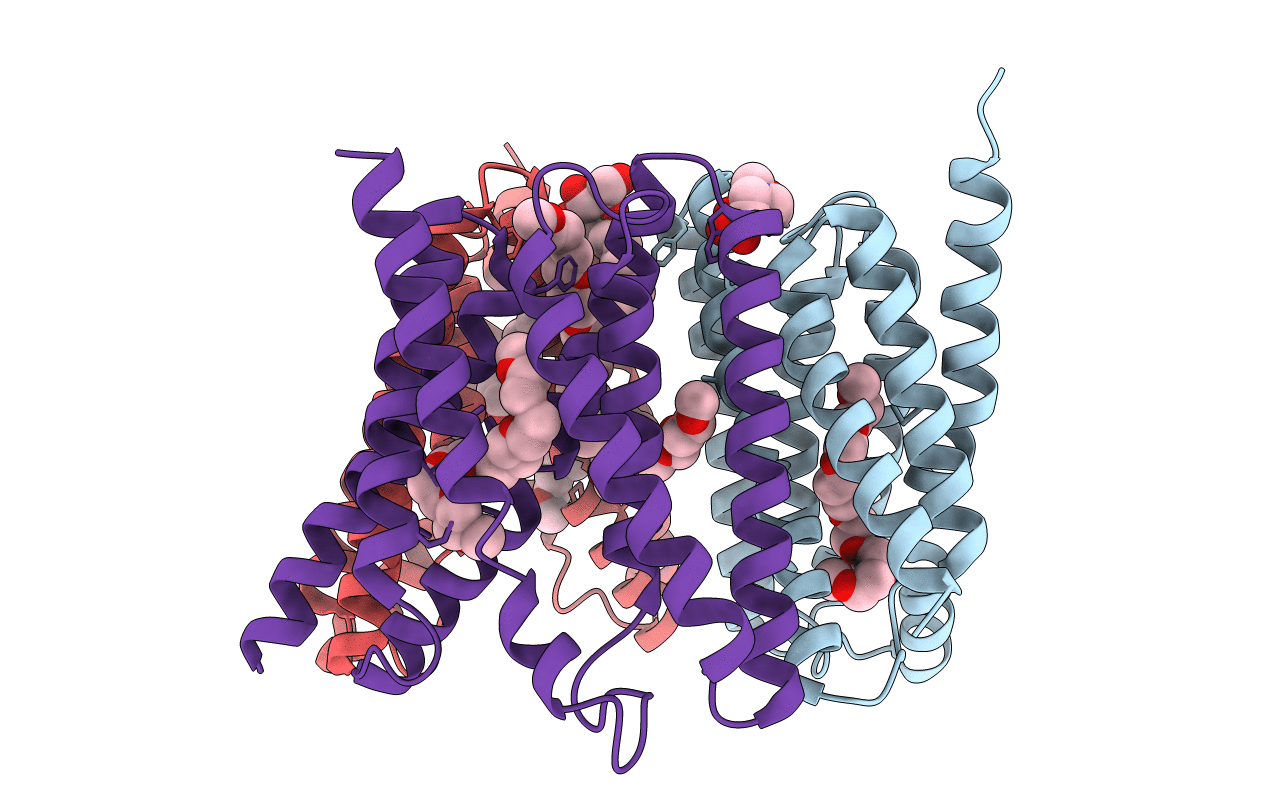
Deposition Date
2015-07-24
Release Date
2015-10-28
Last Version Date
2024-03-06
Entry Detail
PDB ID:
5CTH
Keywords:
Title:
The 3.7 A resolution structure of a eukaryotic SWEET transporter
Biological Source:
Source Organism:
Oryza sativa subsp. japonica (Taxon ID: 39947)
Host Organism:
Method Details:
Experimental Method:
Resolution:
3.69 Å
R-Value Free:
0.30
R-Value Work:
0.25
R-Value Observed:
0.26
Space Group:
P 21 21 21


